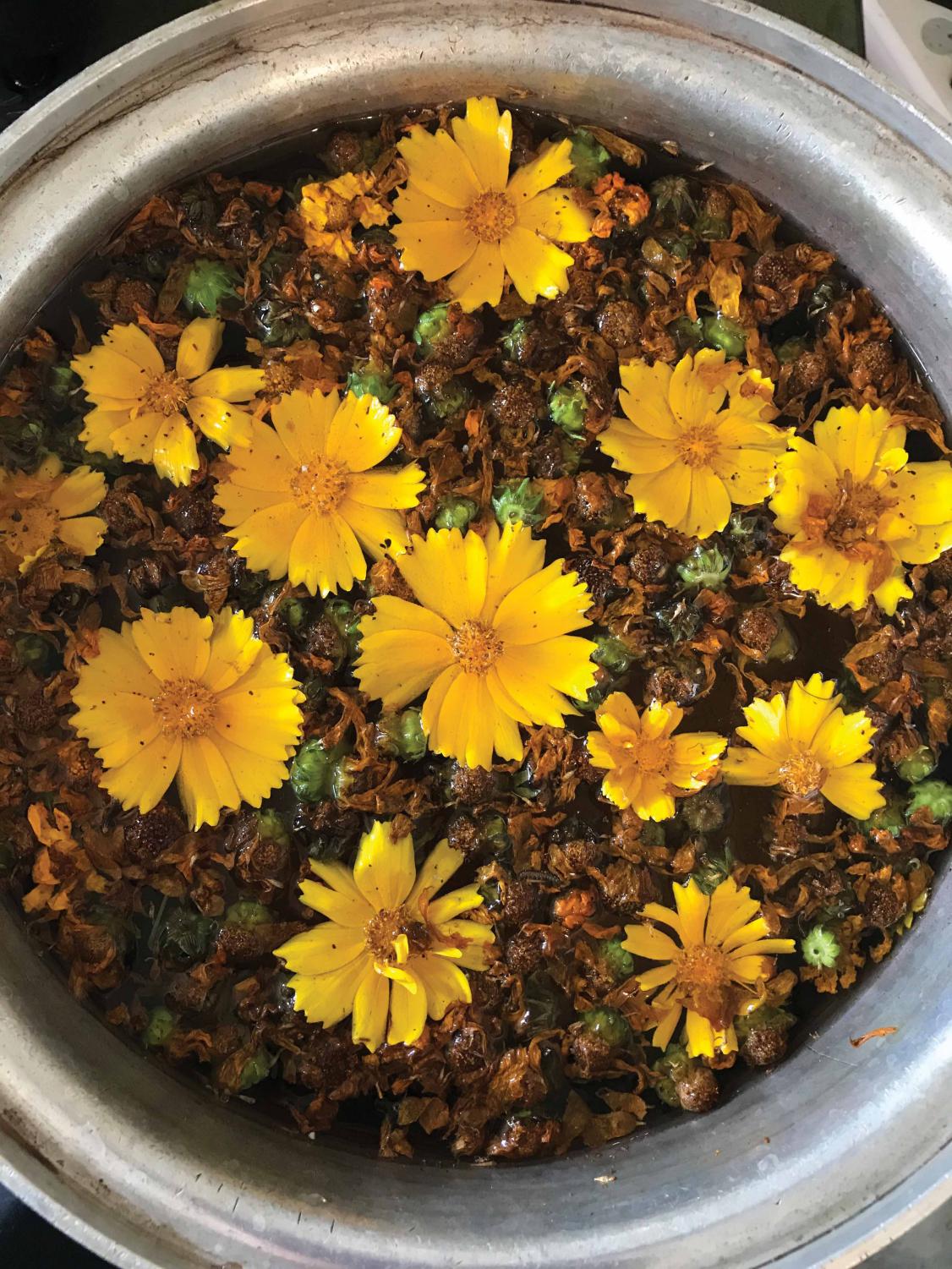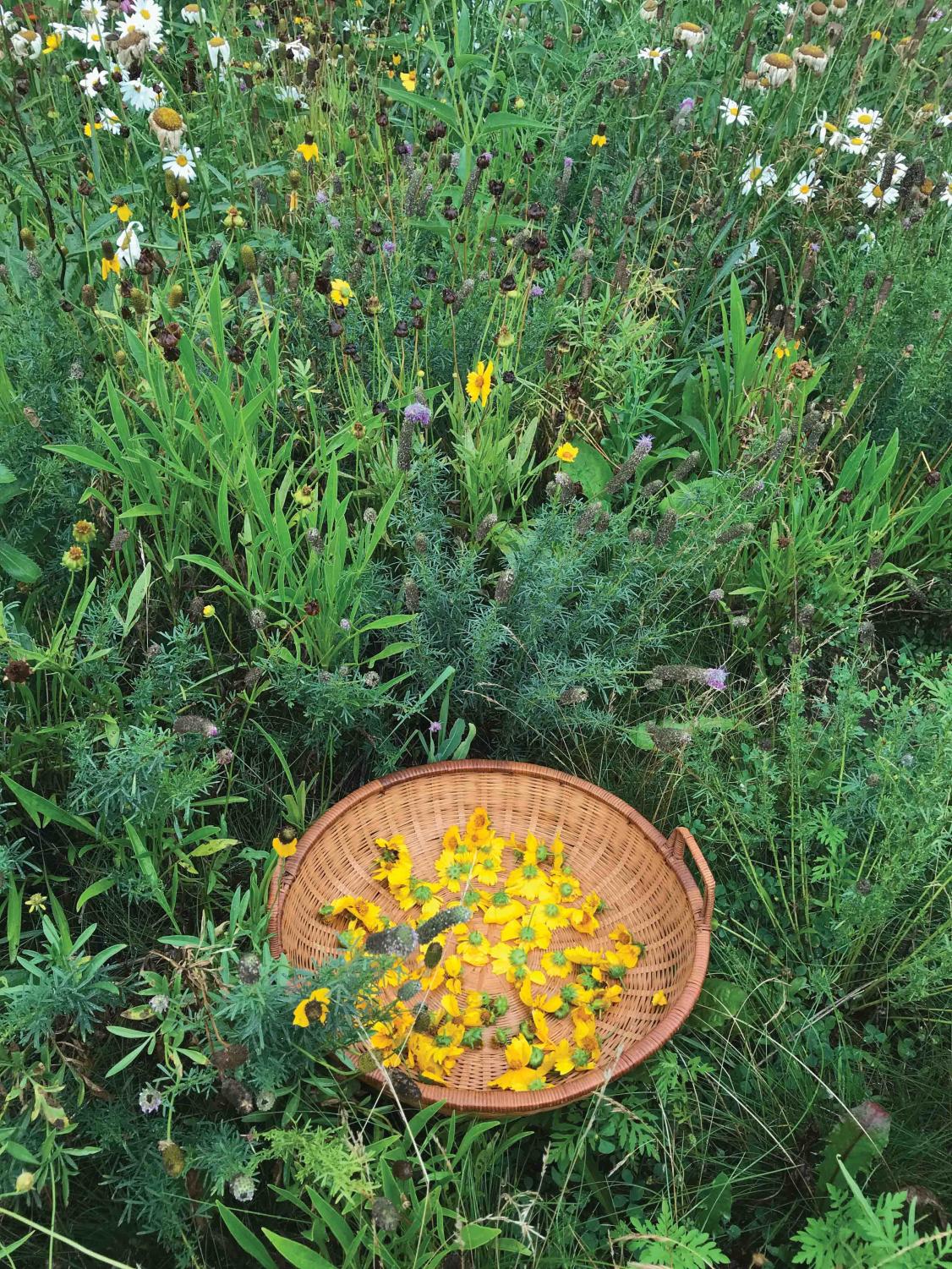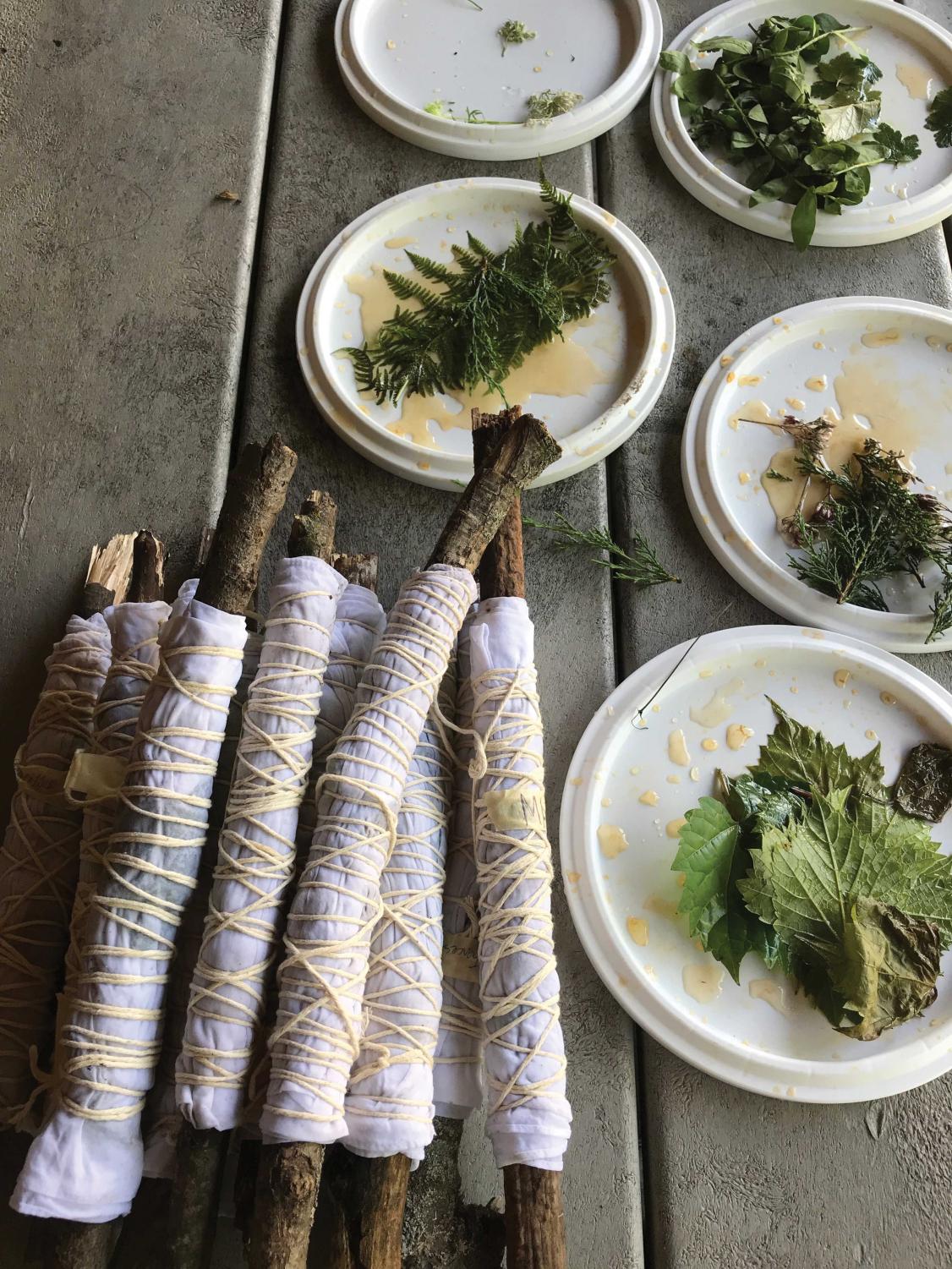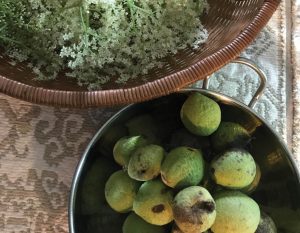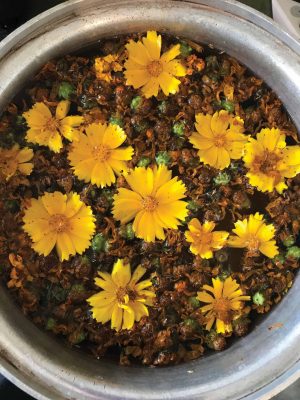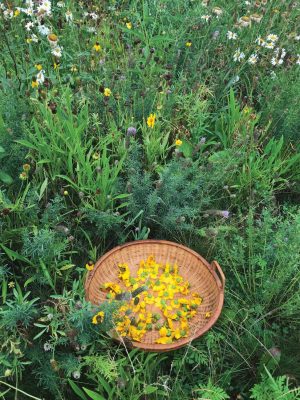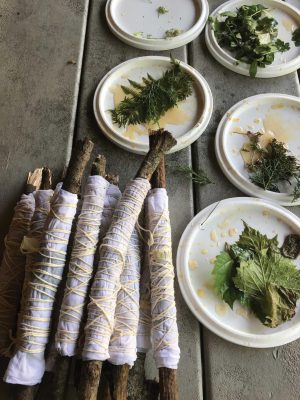Reconnecting with nature at Three Pines Farm
Sep 13, 2018
On Sept. 15, the Three Pines Farm Folk School and Heritage Farm will be hosting a talk by two artists and a tour of the dye lab that they have worked in.
During the event, Hartman Reserve Nature Center artist-in-residence Angela Waseskuk will be speaking about the experiences she had with natural dyes over the summer. A demonstration of the dyeing process will also take place during the event, alongside a display of Waseskuk’s artworks.
The other guest, Kara Grupp, will be explaining what Three Pines Farm does for the community along with the classes and events that they offer. Admission to the event is free and refreshments will be served.
“So what I’ve been doing this summer, the natural dyeing, is a new process for me,” said Waseskuk, who is also an art instructor and foundations coordinator at UNI. “A lot of the dyeing that I’ve been doing has just been on fabric. I’ve found that silk fabrics will kind of more easily take up the dyes, and it’s just been chunks of fabric that I’ve been dyeing. My hope is that I will sew them together into some sort of flag, a fabric collage in some sort of way.”
For the past year, Waseskuk has been working in collaboration with Three Pines Farm as a textile artist. Over the course of the summer, she walked through the Hartman Nature Reserve while gathering various plants for her work. She has also been incorporating materials such as purple corn from the UNI Panther Plot into her pieces.
“It’s really similar to making tea,” Waseskuk said in regards to the process itself. “It’s a matter of chopping up your material and boiling it in water to extract the color components, straining out your material, and then bringing your fabric in. Then you heat it back up and let it soak in that dye bath. There are a lot of different modifiers that can change and shift the color depending on how you use them. Sometimes it’s temperature or the time of year that you’re picking a particular plant, or sometimes alum or iron can modify the color as well.”
“There’s so much to be learned, for sure, and I feel like I’m just scratching the surface,” Waseskuk said.
While she acknowledges there’s more to discover, Waseskuk hopes to share her summertime experiences with her students this fall.
“I would love to figure out a way to bring this process into the classroom,” she said. “It’s a little complicated in terms of figuring out how to make that happen in terms of what kind of lab setup we would have, timing, things like that. I’ve had students that have seen what I’ve been doing express interest in learning the process.”
Both inside and outside the classroom, Waseskuk is fascinated by the natural dyeing process and its connection between art, ecology, and sustainable practice. During her artist talk on Sep. 15, Waseskuk’s goal is for the audience to marvel at plants and ponder the relationships between humans and the natural world.
“We’ve kind of separated ourselves from nature,” Waseskuk said. “And so any chance that we get to reconnect with the natural world, I think is important. So I’ve really been thinking about how I reconnect with the plants around me through natural color and the dye process.”



